My brain is racist. Does that mean I am?
CLO Magazine
APRIL 2, 2021
But what if we understood the moniker not as a scarlet letter of disgrace, but a brain default that we all share? The only way our brains know how: Recognize and respond. To wit, there are two primary reasons my brain defaults to racist thinking. The brain accomplishes this feat, in part, by recognizing (or not) the familiar.






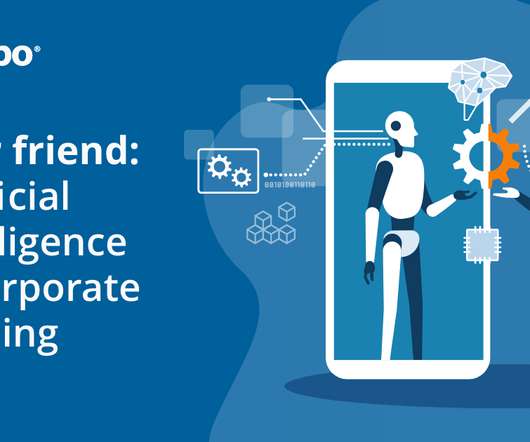
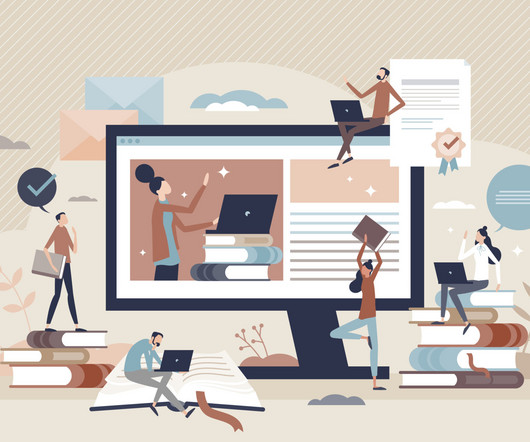




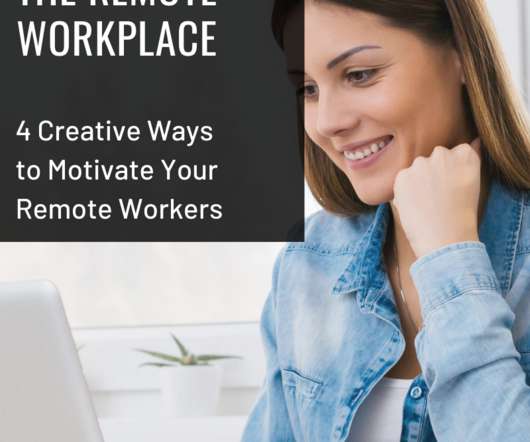




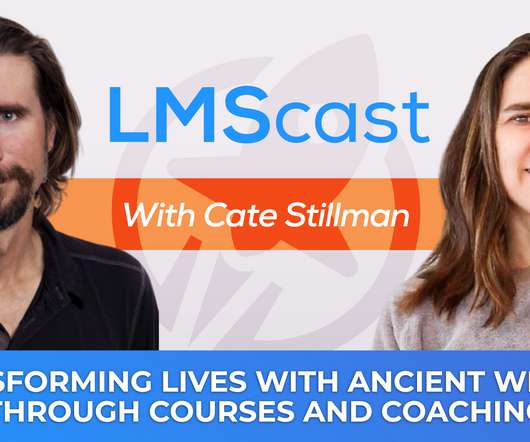
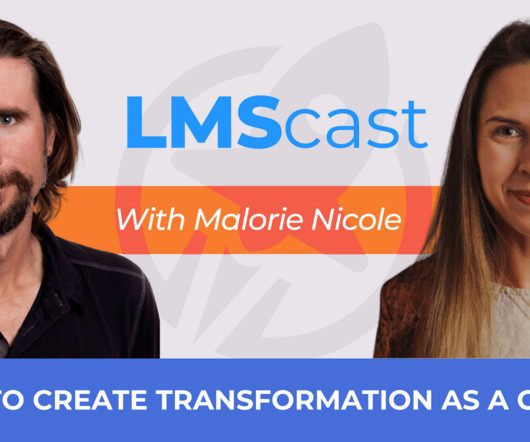



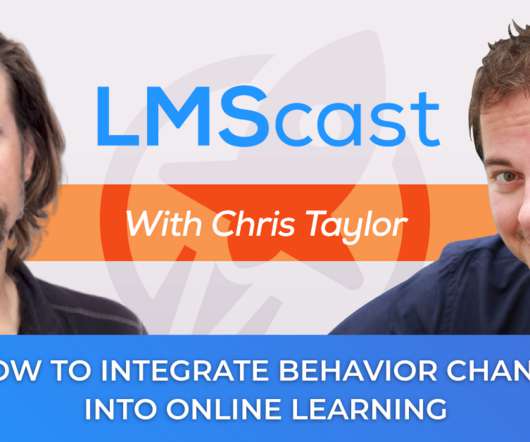















Let's personalize your content